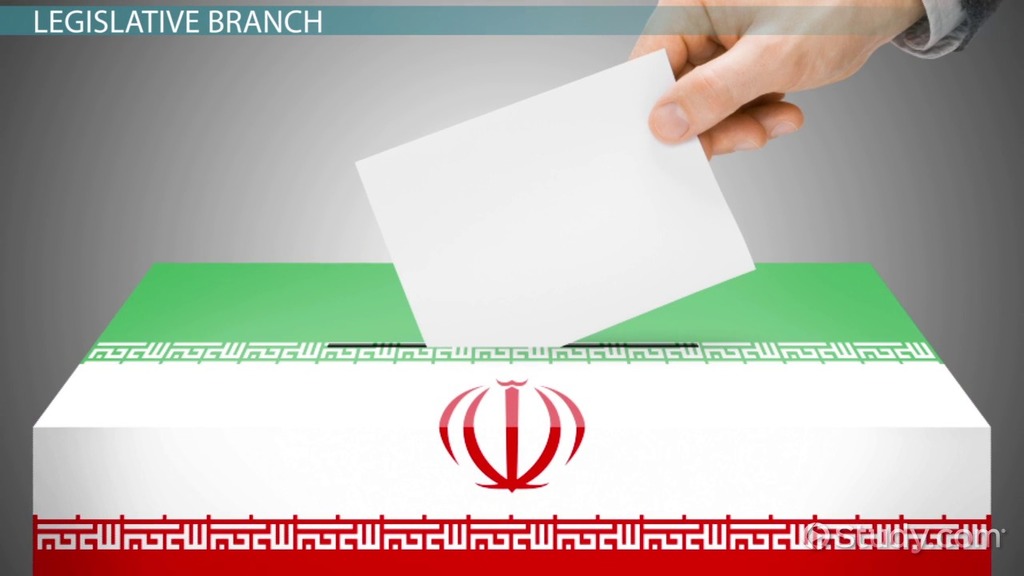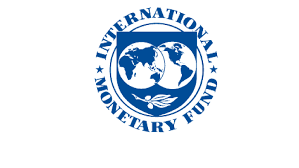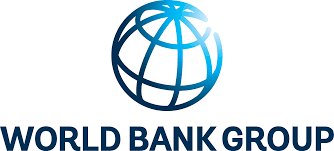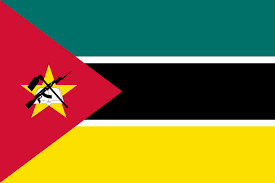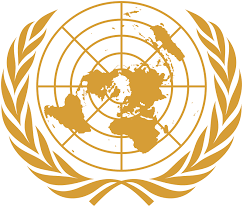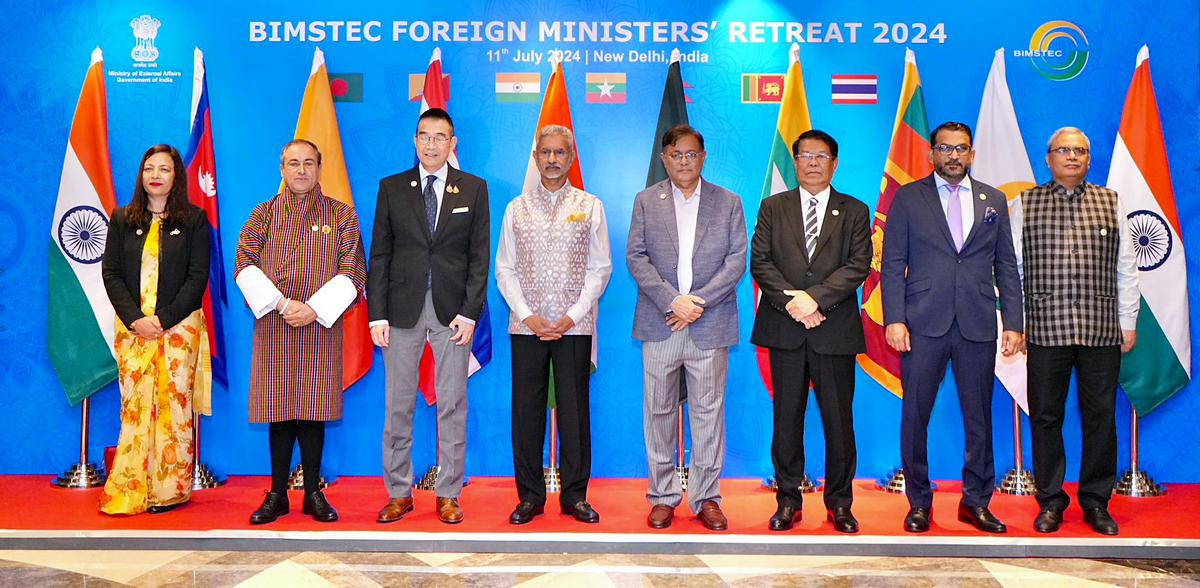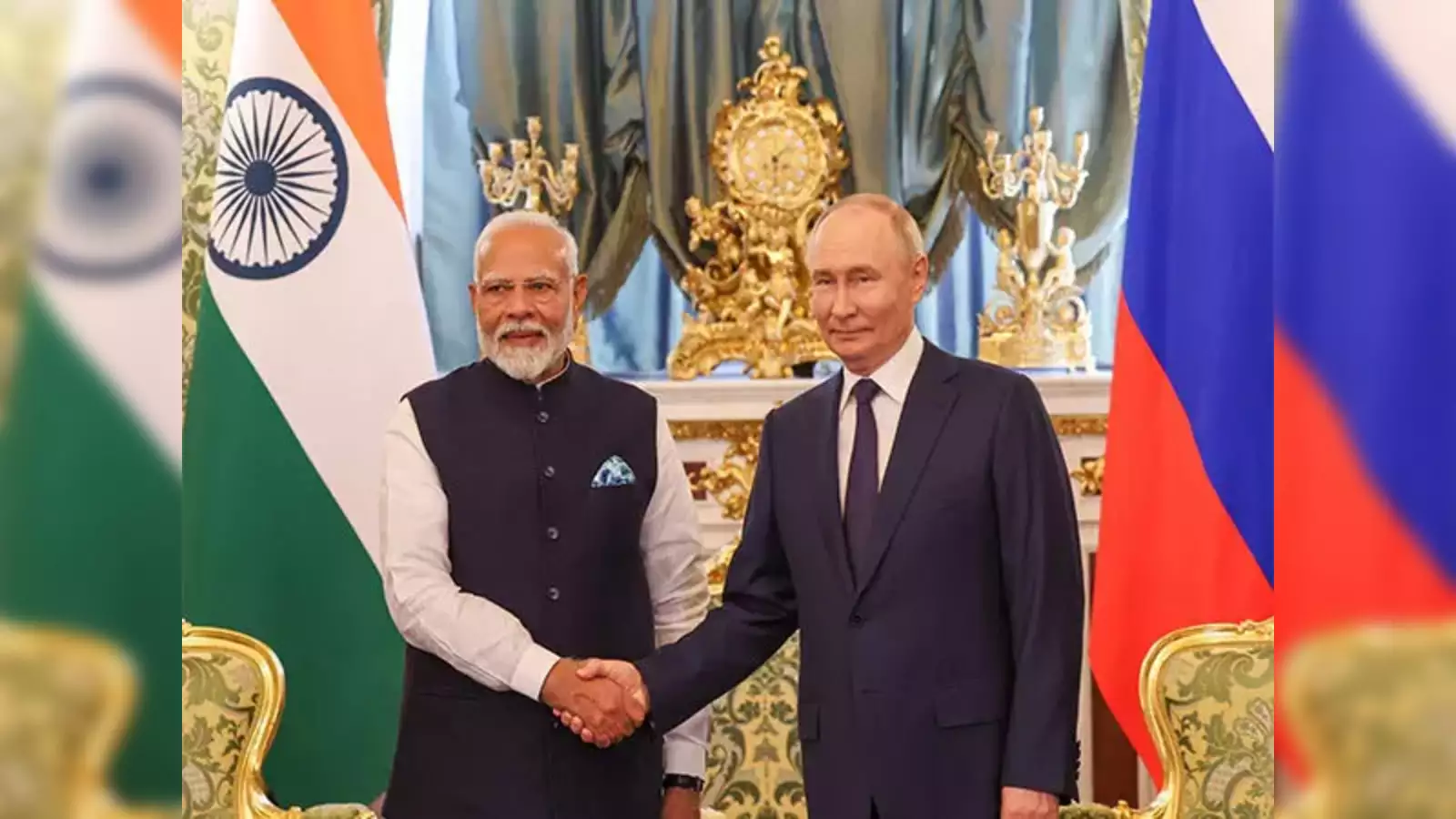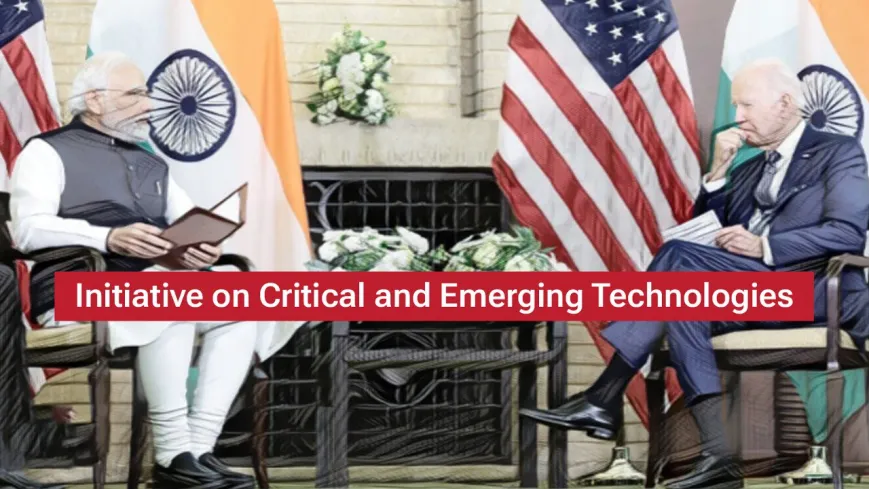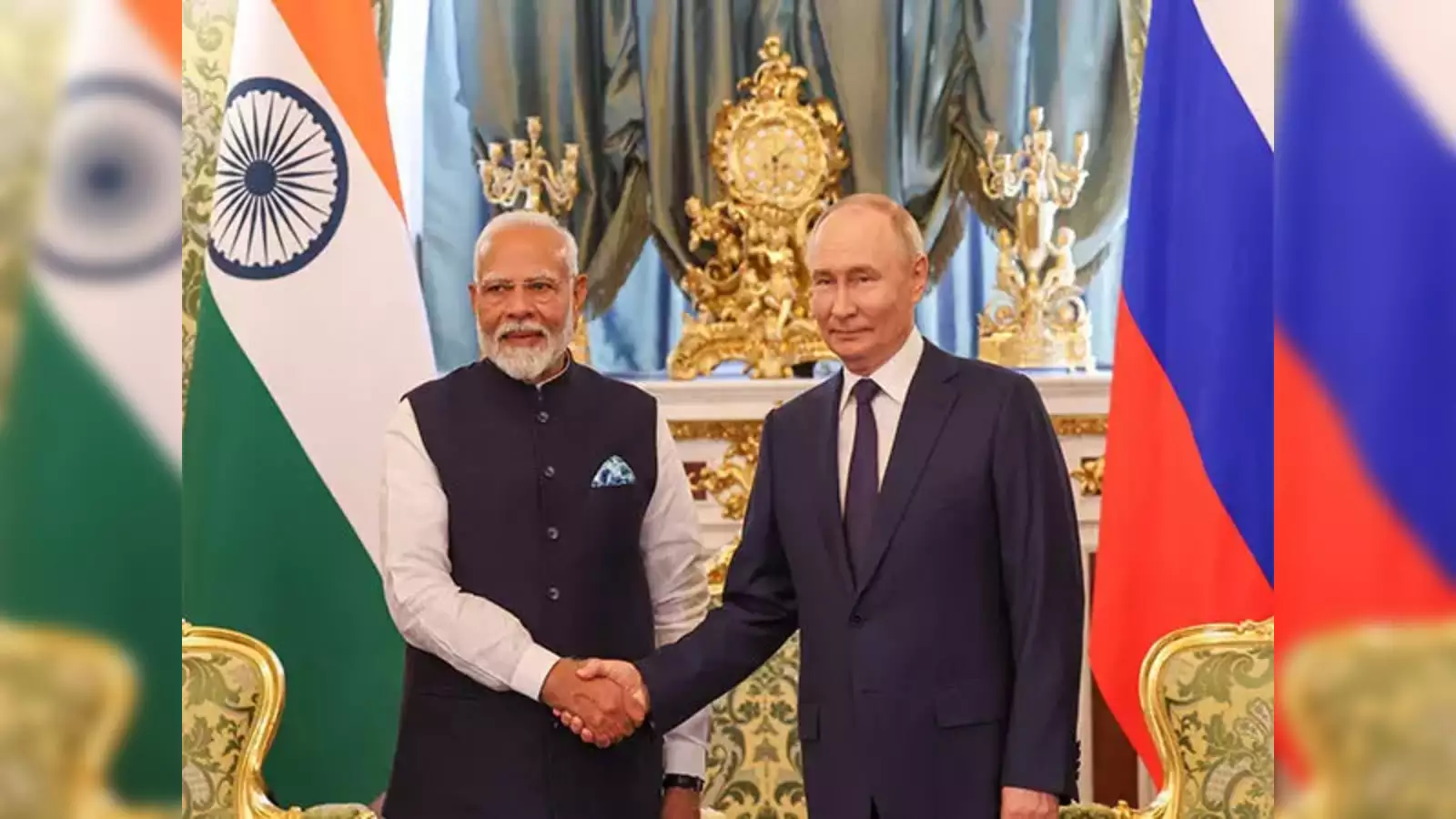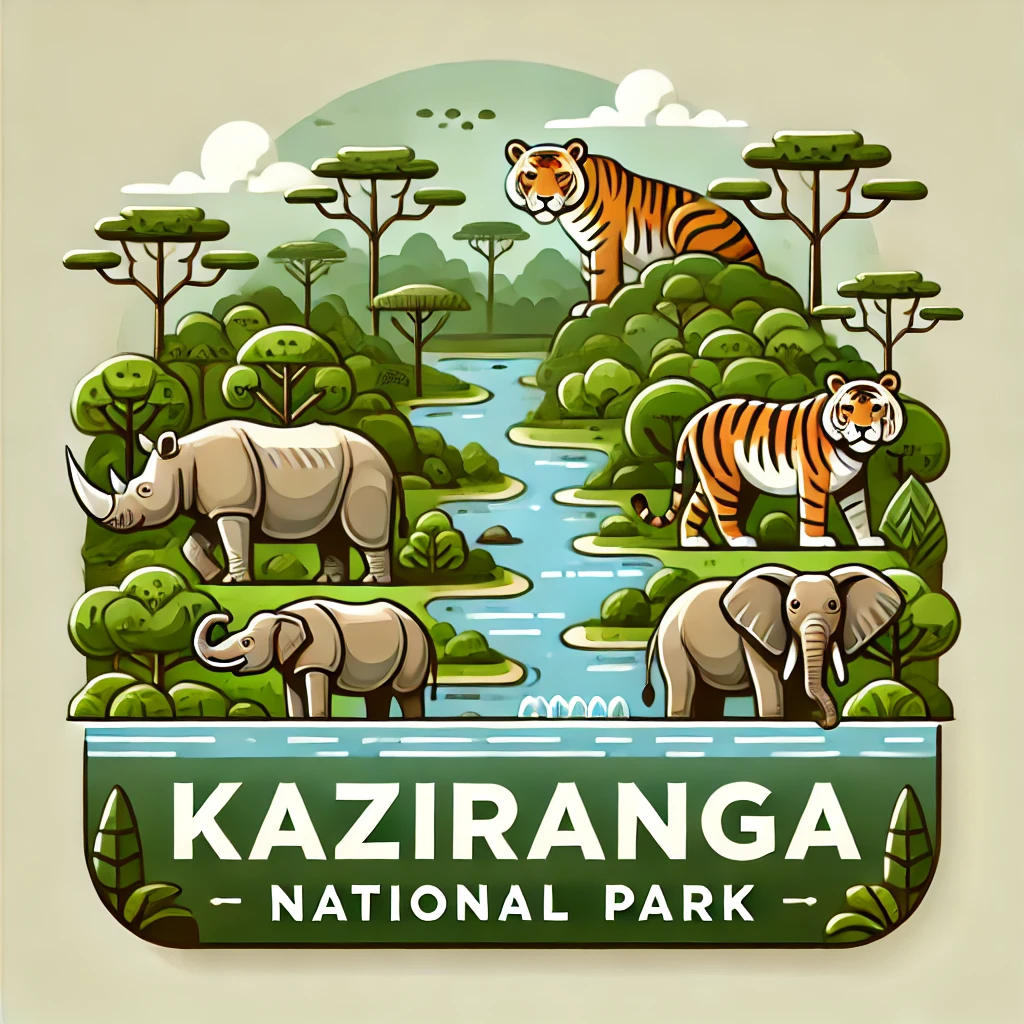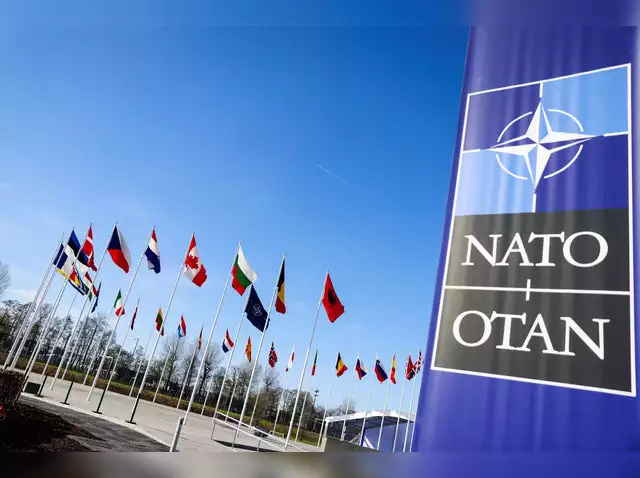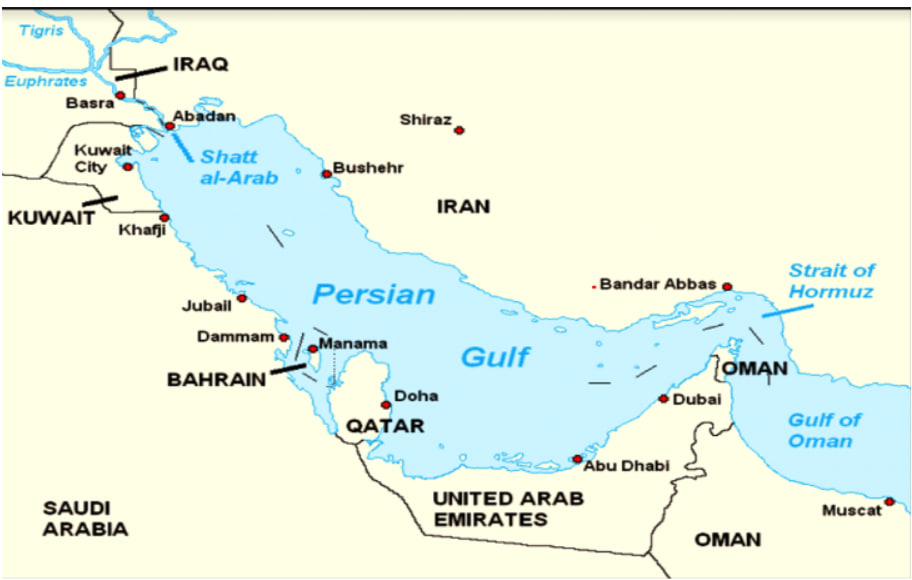The Hindu: Page 11
Syllabus: GS 2: International Relations
The Ebrat Museum in Tehran, formerly a notorious SAVAK torture center, now serves as a stark reminder of Iran’s oppressive past under the Shah’s regime.
- It symbolises the transition from monarchical rule to clerical governance post-1979 Islamic Revolution amidst ongoing political tensions and social unrest.
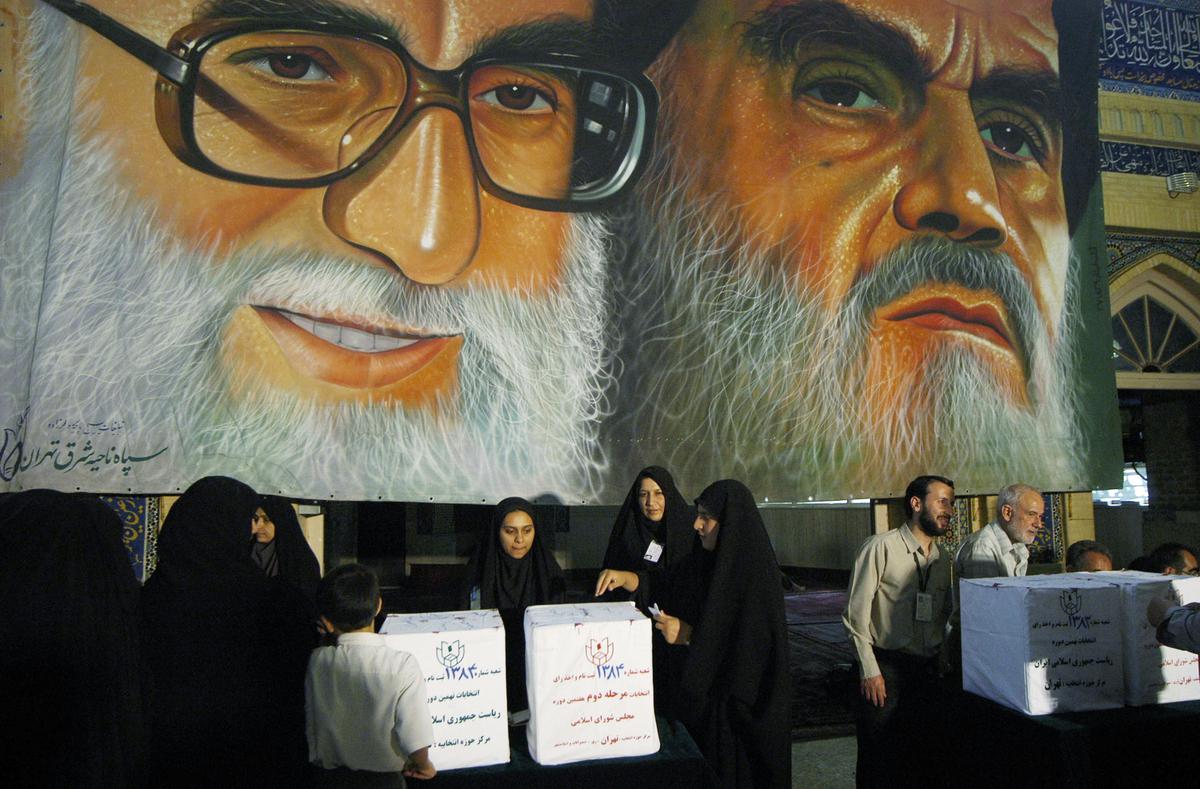
Ebrat Museum
- The Ebrat Museum in Tehran was once the headquarters of SAVAK, the Shah’s secret police, infamous for torture and repression. Built in the 1930s by German engineers, it symbolizes the brutality of the Shah’s regime, showcasing cells, torture wings, and prisoner sculptures.
Converted into a Museum
- Converted into a museum in 2002 by Iranian authorities to highlight the atrocities of the Shah’s monarchy. It serves as a reminder of the oppression that led to the 1979 Islamic Revolution, aimed at liberating Iranians from royal dictatorship.
Political Landscape Post-Revolution
- Despite promises of liberation, the Islamic regime has faced protests accusing it of similar repressive tactics. Voter turnout in elections has declined sharply, with record lows such as 39.9% in 2021, questioning the regime’s legitimacy.
Structure of Iran’s Political System
- Iran’s political system combines elected bodies like the President and Parliament with unelected ones controlled by the clergy. The Supreme Leader holds ultimate authority over both political and spiritual matters, with no fixed term.
Role of Clerical Authority
- The Guardian Council, appointed by the Supreme Leader, vets candidates and oversees elections, influencing legislative processes. The Assembly of Experts elects and oversees the Supreme Leader, ensuring continuity of clerical control.
Political Divisions: Principalists vs Reformists
- Iran’s political spectrum includes principalists (conservatives) supported by the clergy and reformists advocating internal reforms. Elections often highlight tensions between these factions, influencing national policies and reforms.
Challenges and Stability
- Iran faces internal dissent, economic crises, and ongoing protests challenging the regime’s stability. Despite challenges, Iran’s leadership seeks to maintain stability and continuity under clerical rule.
Conclusion
- The Ebrat Museum stands as a stark reminder of Iran’s turbulent history, from monarchic oppression to clerical governance. The political system, shaped by the 1979 Revolution, continues to evolve amidst internal tensions and external pressures.
